¶ Introduction
This documentation presents an example of a VOR/DME approach performed with a Boeing 737 at DABB on the runway 18.
This type of approach is a non-precision approach due to the fact that only lateral guidance is provided using a VOR.
The pilot-in-command is in charge of the descent.
In this document we will show you how to do the VOR/DME approach without using your FMC and LNAV function but according to the B737 SOP It's recommended to use the LNAV fonction while performing a Non ILS Approach like the VOR/DME .
¶ VOR
VOR (VHF omnidirectional radio range) is a radio beam transmitter that provides a VHF radio signal on the air in order to determine an aircraft’s position and stay on course by receiving radio signals transmitted from a ground beacon.
¶ Charts
Each VOR approach, during instrument flight rules (IFR) operations, is published on an instrument
approach procedure chart named IAC chart.
This chart includes:
- Radio frequencies
- Navigation aid and course
- Descent profile
- Prescribed minimum visibility requirements.
¶ First Step
Before the approach phase you must brief your approach and set up all the aircraft parameters to do your approach .
- Take the VOR frequency from charts : for our approach the VOR frequency is 113.500
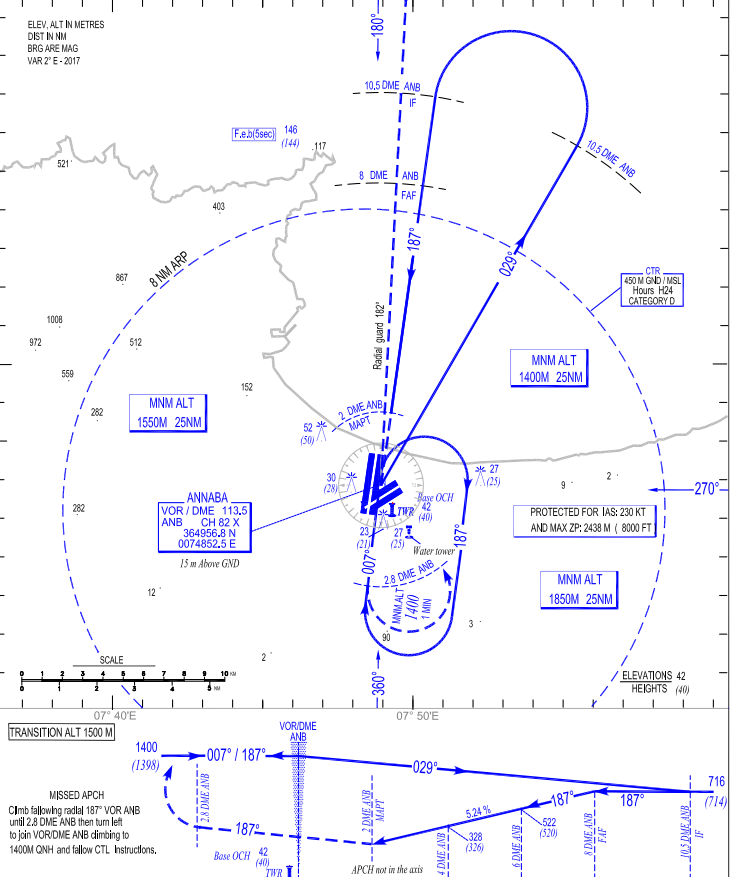
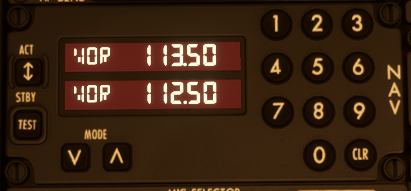
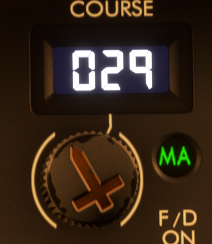
-
Prepare your course as the B737 is a CAT C aircraft (VAPP between 121-140kt) so our course will be 029 to follow the outbound radial 029 of ANB until 10.5
-
At ANB VOR we must be at 4600ft then we continue our descent to 2400ft until 10.5NM DME ANB (2400ft because we take the nearest 100ft of the altitude)
-
The MDA for our approach is 410ft so during our approach if we don't see the runway we will maintain 410ft
¶ Initial Approach
- After passing ANB at 4600ft we follow the radial 029° outbound ANB unitil 10.5NM and we continue our descent to 2400
- During this phase the QNH Navaids....etc must be set and checked
- During the initial approach according to the official SOP you should reduce your speed and put Flaps 1
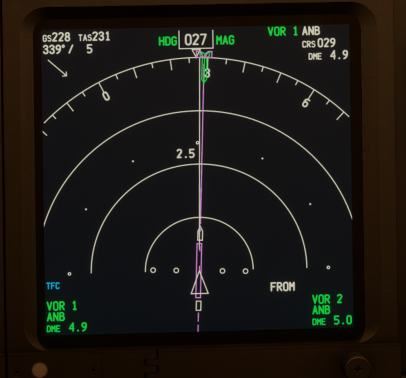
¶ Final Approach
- 10.5NM DME fromANB on the radial 029° we will start our turn to intercept the radial 187° inbound ANB to join the final runway 18
- During this phase we must set the course 187 and press VOR/LOC and the LOC and pointers must be displayed
- At our FAF (8NM DME from ANB) we must be at flaps 30 or 40 and we will start our descent to the MDA following an angle of 3.00°
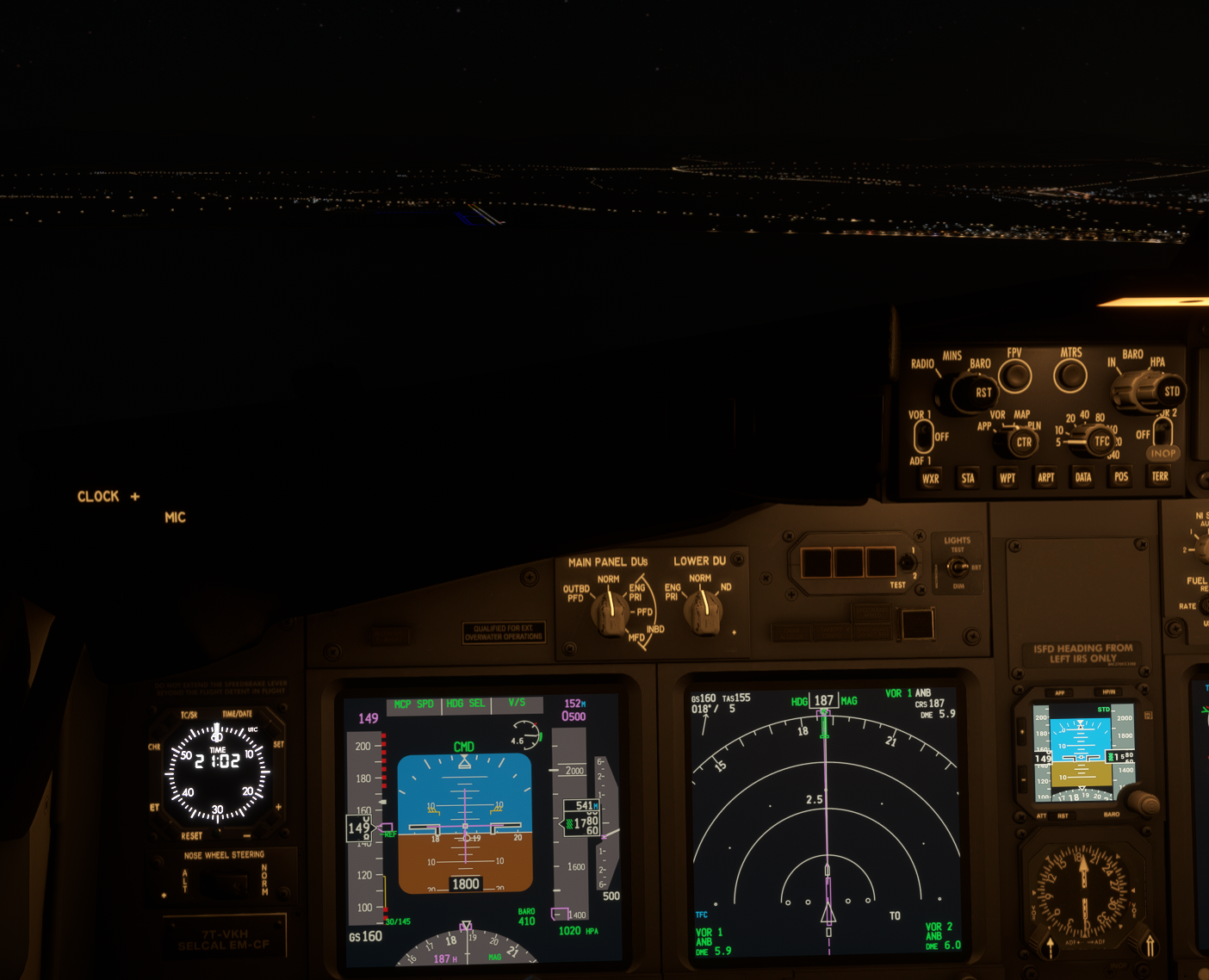
For example in the chart of our approach we can see that the glide path angle is 3.00° to know exactly
the V/S that we must follow we use the following mathematical formula:
V/S (FPM) = Glide path angle (°) * GS(kt)
If our GS is 150KT
V/S=3*150=450FPM (feet per minute)
- At 2NM from ANB we must be at 500ft (The nearest hundred from the MDA) we desactivate the AP to be established with the centerline and to do the landing.
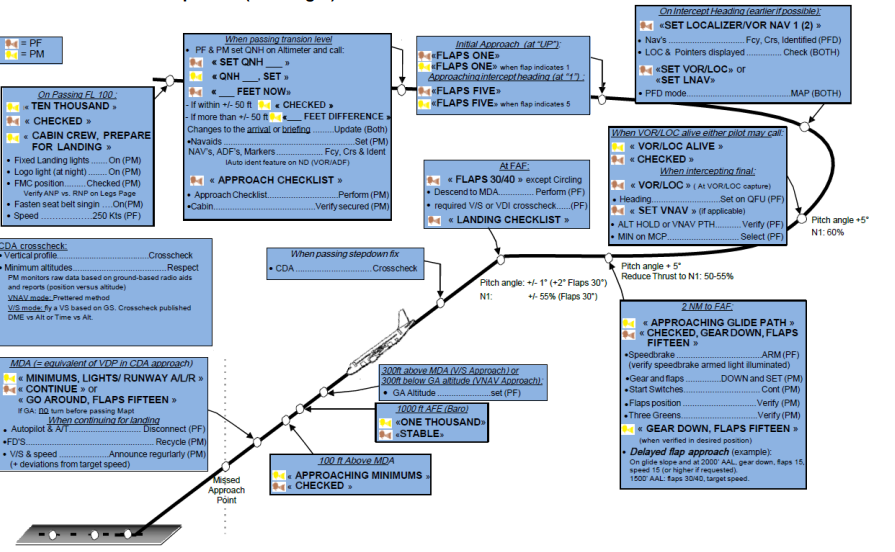
- None
- Boeing 737 SOP
- SIA.ENNA.DZ
- VID 489972 - Creation